| Vintage Pulp | Jul 21 2021 |

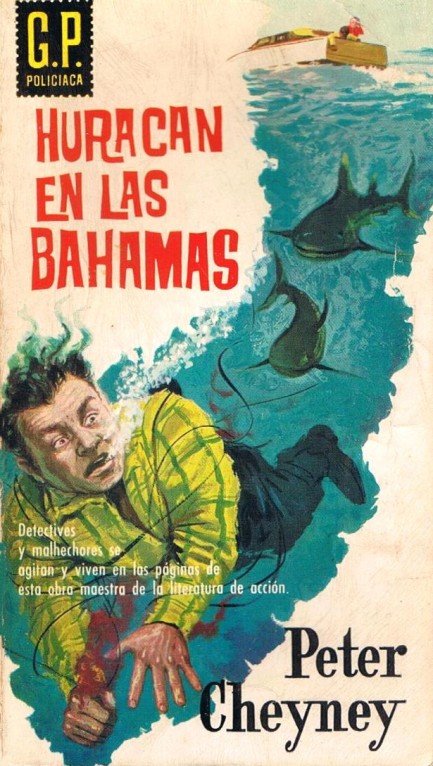
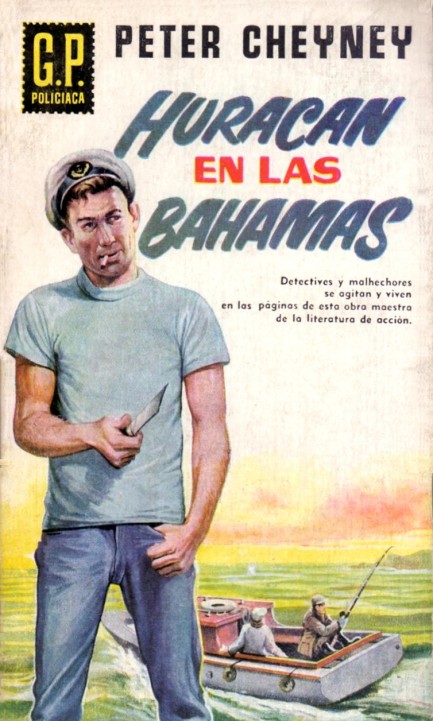
| Vintage Pulp | Nov 27 2016 |

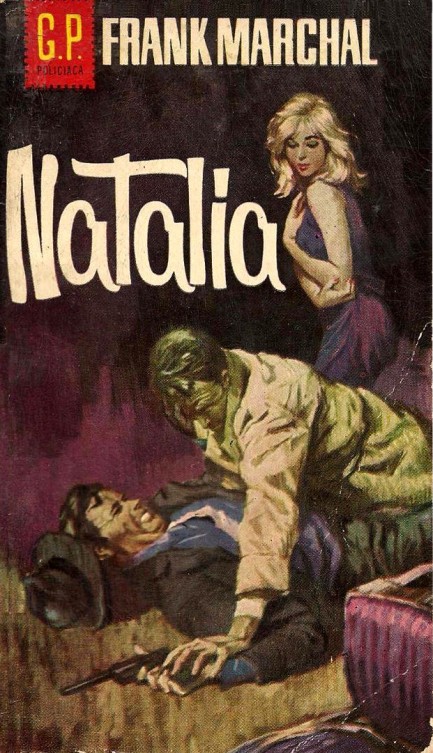
A couple of months back we shared a cover from Spain's Ediciones G.P. for Franck Marchal's Natalia enciende la mecha, which we mentioned was part of a series written by French authors Pierre Aspetéguy and Monique Henry. Above is the first entry in that series, simply titled Natalia, featuring the 1959 debut of their part-time fashion model/full-time ass whipping super spy. We're sharing this today because we've dug up some new info on the series—we couldn't identify the cover artist on the previous example, but we we think this one may have been painted by a Spanish artist who called himself or herself Chaco. That's all the info we have, but we'll keep digging. Anyone out there know anything? Drop us a line.
| Vintage Pulp | Oct 3 2016 |

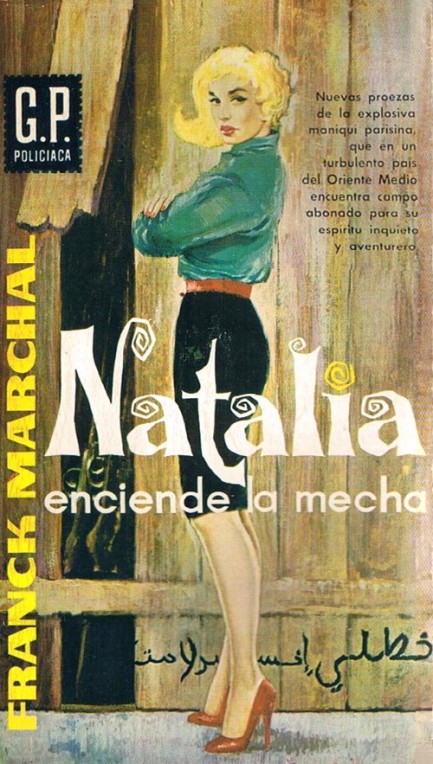
Above, Natalia enciende la mecha, or Natalia Lights the Fuse, from Ediciones G.P. out of Barcelona, 1961. This was one of a series of books about Natalia, a French model who leads a double life as an international spy, with Marchal serving as the shared pen name of French authors Pierre Aspetéguy and Monique Henry. We first saw a front for this paperback over at the blog Spanish Book Covers way back, but this scan comes from a different copy, so we thought we'd share it here. Spanish Books Covers has been on hiatus a long while, but the site is still live and there are numerous interesting fronts there worth viewing. What we'd really like to know is who painted the cover art. Often with these European editions you get art reworked or copied from U.S. paperbacks, but in the case of Ediciones G.P. we think not. Put this one in the unknown file until further notice.
| Vintage Pulp | Jan 28 2015 |

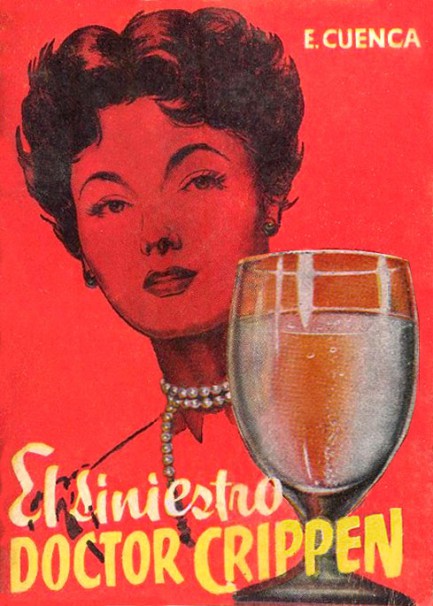
As long as we’re doing Spanish language pulp today, we might as well share this cover for El siniestro Doctor Crippen, or The Sinister Doctor Crippen, written by Enrique Cuenca for Barcelona based Ediciones G.P., and published in 1960 as part of its low cost Enciclopedia Pulga collection. Eventually, about five-hundred books appeared as part of the collection, including translations of Jules Verne, Robert Lewis Stevenson, and other classic authors. This particular novel is of course based on the strange story of Hawley Harvey Crippen, aka H.H. Crippen, the American physician and fugitive who murdered his wife Cora in 1910 and was eventually hanged in London’s HM Pentonville Prison. Many of the covers we’ve seen from Enciclopedia Pulga are nice, so we’ll try to revisit the collection a little bit later.




































































